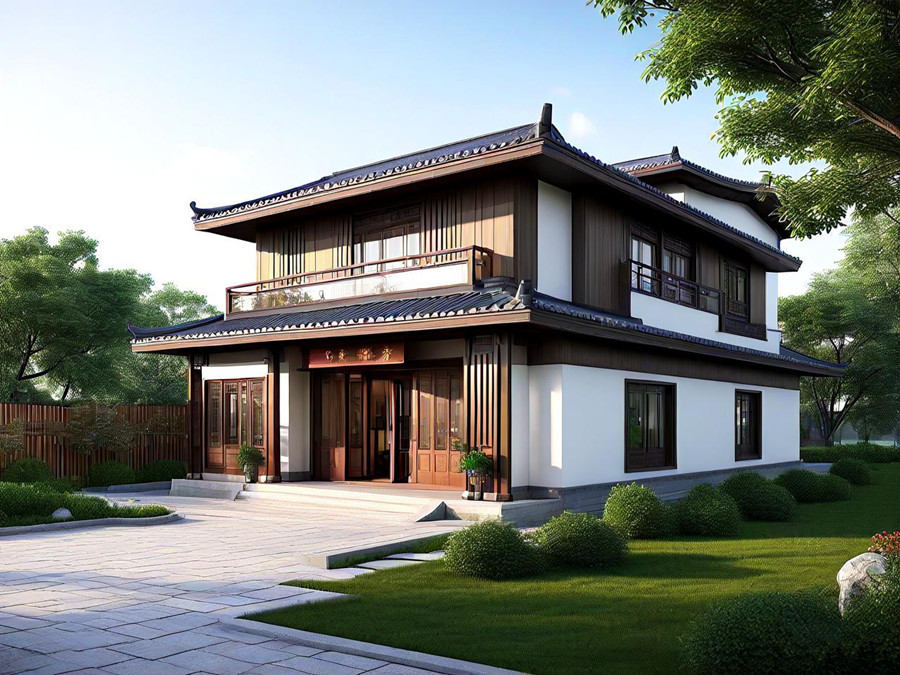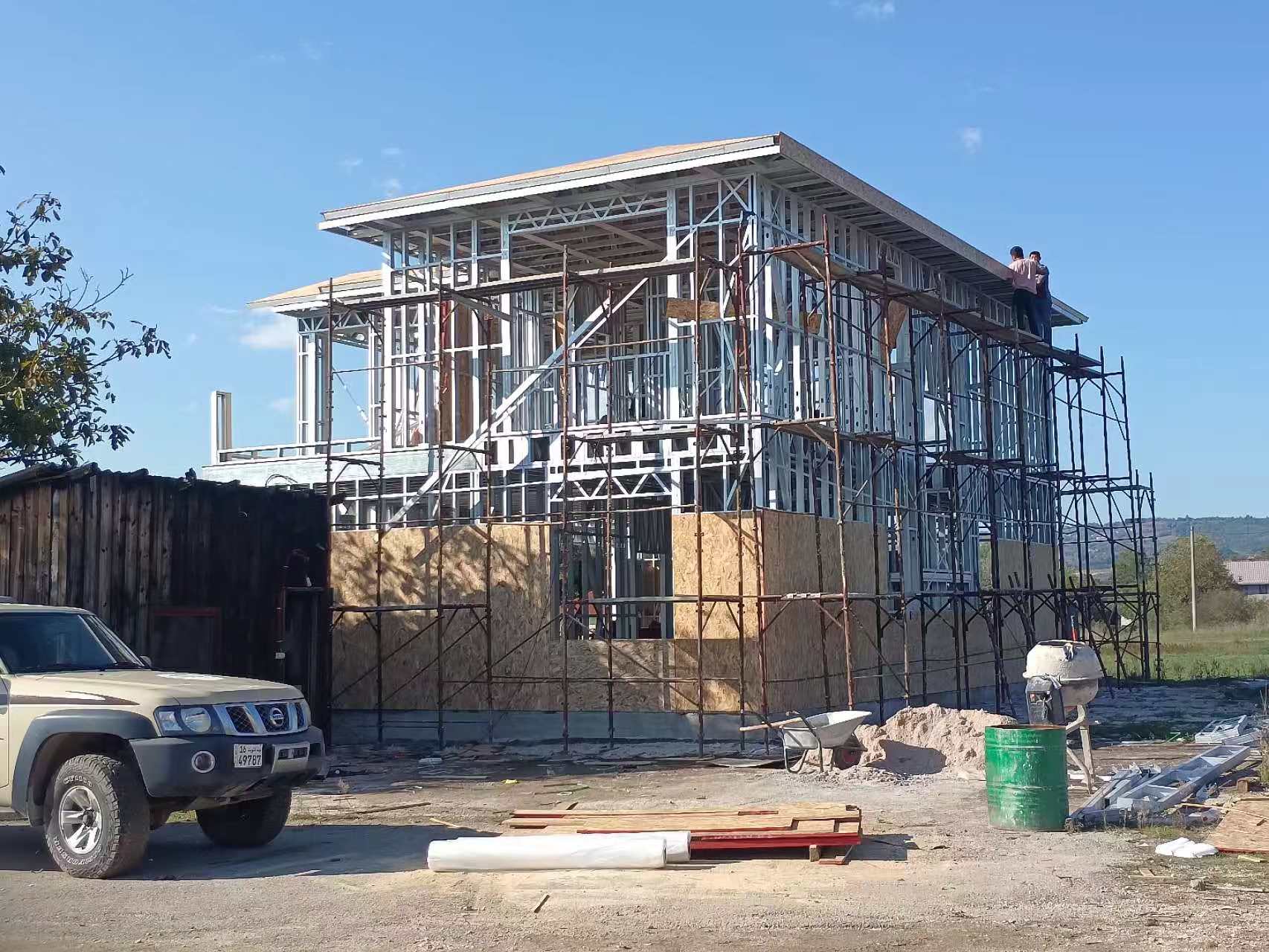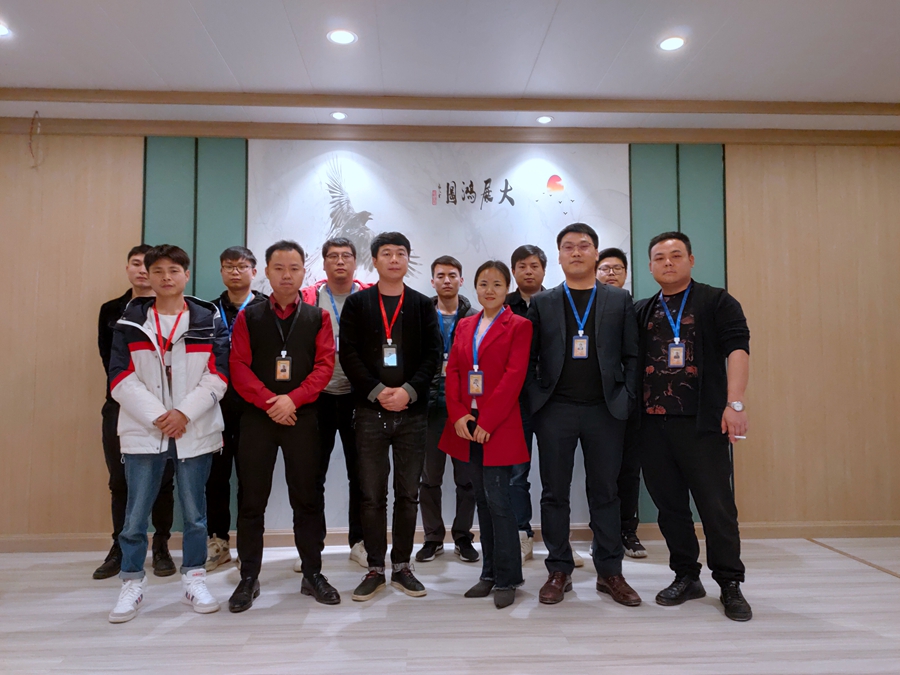In the evolving landscape of architectural innovation, steel structure
villas have emerged as a revolutionary solution, redefining luxury,
sustainability, and efficiency in residential construction. As urbanization
accelerates and environmental concerns intensify, these villas represent a
harmonious blend of cutting-edge engineering and ecological responsibility.
Below, we explore the multifaceted benefits of steel structure villas, supported
by industry data and real-world applications.

1. Environmental Sustainability: Pioneering Green Construction
Steel structure villas are at the forefront of sustainable architecture, addressing global challenges such as resource depletion and carbon emissions.
a) Recyclability & Circular Economy
Steel boasts a 95%+ recycling rate, far exceeding traditional materials like concrete (30–40%). For instance, Japan’s construction sector recycles 98% of steel from demolished buildings, minimizing landfill waste. This aligns with the EU’s Circular Economy Action Plan, which prioritizes material reuse in construction.
b) Reduced Carbon Footprint
Prefabricated steel components cut on-site construction time by 50–70%, slashing energy consumption and emissions. A 2024 study by the World Green Building Council revealed that steel-framed buildings reduce CO2 emissions by 35% compared to concrete structures. Additionally, steel production has become greener, with electric arc furnaces (EAFs) now using 75% recycled steel and renewable energy.
c) Energy Efficiency
Steel frames seamlessly integrate with advanced insulation materials (e.g., aerogel, vacuum panels), achieving up to 40% lower energy consumption for heating and cooling. In Dubai’s desert climate, steel villas with reflective coatings and thermal breaks have reduced air conditioning costs by 30%.

2. Unparalleled Construction Efficiency
Steel structure villas redefine speed and precision in residential projects, addressing labor shortages and tight deadlines.
a) Prefabrication Precision
Over 90% of components are factory-made using CNC machinery, ensuring millimeter-level accuracy. This eliminates errors common in traditional masonry, as seen in Sweden’s BoKlok housing projects, where steel villas are assembled in 4–6 weeks.
b) Weather-Independent Construction
Unlike concrete, which requires curing time, steel structures can be erected year-round. In Canada’s harsh winters, steel villa projects have achieved 24/7 progress using modular techniques, shortening timelines by 60%.
c) Cost Predictability
Prefabrication minimizes material waste (under 2% vs. 10% for concrete) and labor overruns. A 2025 report by McKinsey highlights that steel villas reduce overall construction costs by 15–20% in high-wage regions like Western Europe.
3. Structural Superiority & Safety
Steel’s inherent properties make it ideal for resilient and disaster-resistant homes.
a) Seismic & Wind Resistance
With a strength-to-weight ratio 5x higher than concrete, steel frames absorb seismic forces effectively. In earthquake-prone areas like Chile, steel villas have withstood 8.0+ magnitude quakes without structural damage. Similarly, their flexibility prevents collapse during hurricanes, as demonstrated in Florida’s post-storm assessments.
b) Fire & Corrosion Resistance
Modern steel components are coated with intumescent paint and galvanized layers, achieving fire ratings of 2–4 hours and corrosion resistance for 50+ years. Australia’s bushfire-prone regions now mandate steel frames for rural villas due to their non-combustible nature.
c) Pest & Mold Resistance
Unlike timber, steel is impervious to termites and fungal growth—a critical advantage in humid climates like Southeast Asia, where 25% of traditional homes require annual pest control.

4. Design Flexibility & Aesthetic Innovation
Steel enables architectural creativity, catering to modern tastes for open spaces and smart homes.
a) Column-Free Spaces
Long-span steel beams (up to 20 meters) allow vast, unobstructed interiors. Luxury villas in California’s Silicon Valley increasingly use this feature for floor-to-ceiling glass walls and rooftop gardens.
b) Modular Customization
Homeowners can easily reconfigure layouts or add floors. In Tokyo, compact steel villas utilize retractable walls and loft extensions to adapt to changing family needs.
c) Integration with Smart Technologies
Steel frameworks seamlessly accommodate IoT systems, solar panels, and EV charging stations. A 2025 case study in Germany showed that steel villas with integrated energy management systems achieve net-zero energy status.

5. Long-Term Economic Value
Steel villas offer financial advantages throughout their lifecycle.
a) Lower Maintenance Costs
Minimal repairs are needed—steel roofs last 70+ years vs. 20 years for asphalt shingles. Insurance premiums are also 10–15% lower due to superior disaster resilience.
b) Higher Resale Value
Eco-conscious buyers prioritize green-certified homes. In the UK, steel villas with BREEAM certification sell 20% faster and at a 12% premium compared to conventional houses.
c) Future-Proof Investment
As governments impose stricter carbon regulations (e.g., EU’s 2030 Climate Target Plan), steel villas’ compliance ensures long-term viability and avoids retrofitting costs.
Conclusion: The Future of Residential Architecture
Steel structure villas are not merely a trend but a necessity in the 21st century. By harmonizing ecological responsibility, technological innovation, and economic pragmatism, they set a new standard for modern living. As urbanization and climate challenges escalate, the shift toward steel-based residential solutions will undoubtedly accelerate, reshaping skylines and lifestyles worldwide.